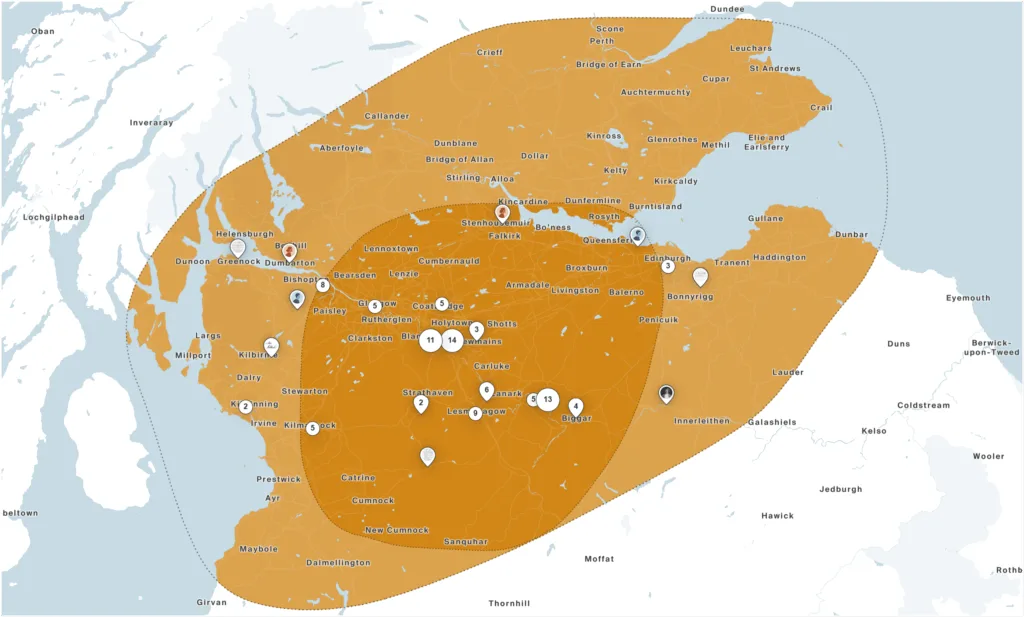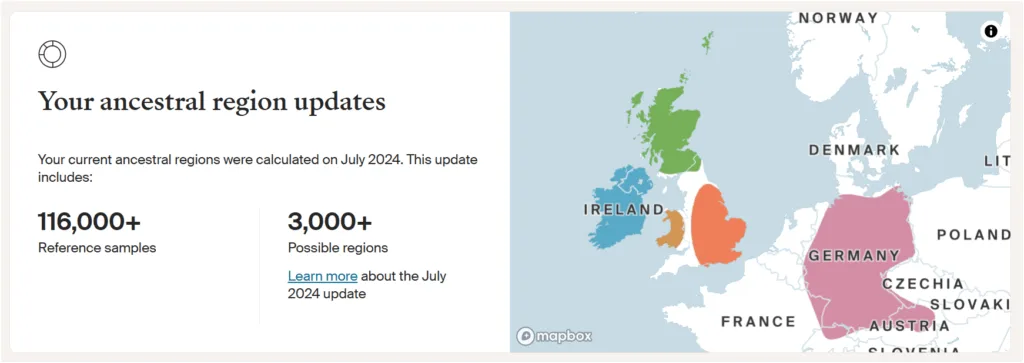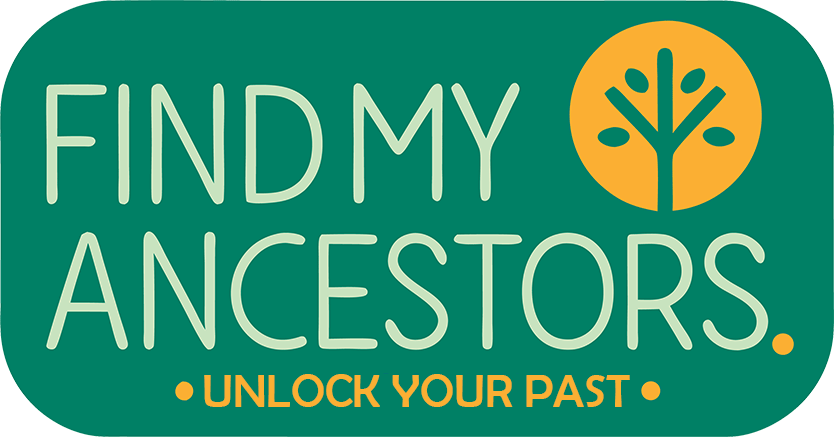You’ve probably seen many ads for DNA tests promising to unlock your ancestry. But what exactly do they do, and do you need one to trace your family tree? Here’s a simple beginner’s guide to what DNA testing is, how it works, and how it can help (or confuse) your family history journey.

What is a DNA test for family history?
A DNA test for genealogy looks at small markers in your genetic code and compares them with other people’s results to look for similarities. These similarities might tell you:
- where your ancestors came from
- which regions your heritage includes
- and who you’re related to.
It’s a tool, not a crystal ball. But when used alongside traditional research, it can be powerful.
The 3 types of DNA tests (explained simply)
- Autosomal DNA – This is what most people take. It looks at your DNA from both sides of your family and can identify relatives up to six generations back. (Used by Ancestry and MyHeritage.)
- Y-DNA – This test is for males only. It traces the direct paternal line, your father’s father’s father, and is useful for surname studies or deeper heritage.
- mtDNA (mitochondrial DNA) – This traces the direct maternal line, your mother’s mother’s mother. It changes slowly, so it’s better for deep ancestral origins.
What can a DNA test tell you?
- An ethnicity estimate: a breakdown of your genetic heritage (e.g. Scottish, Irish, Scandinavian).
- A list of DNA matches: genetic relatives who have also tested.
- Clues to unknown family: useful in adoption, missing relatives or uncovering surprises.
- The ability to confirm family tree lines through cousin matching.

What a DNA test can’t do
- Tell you exact towns or surnames your ancestors came from.
- Replace paper records like censuses or birth certificates.
- Give 100 % accurate ethnicity results (they are estimates, based on reference populations).
So, should you take one?
“Should I take a DNA test?” is a question that only you can answer. If you’re curious, it’s a great place to start when exploring your family history. It can open doors, but only if you’re willing to do a bit of detective work afterwards. DNA is just one part of the puzzle. For many, it’s a helpful (and sometimes surprising) companion to traditional genealogy.
